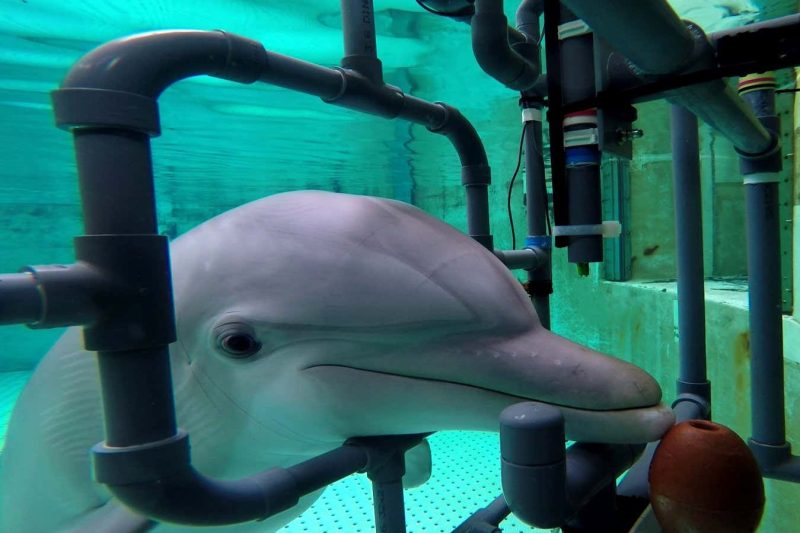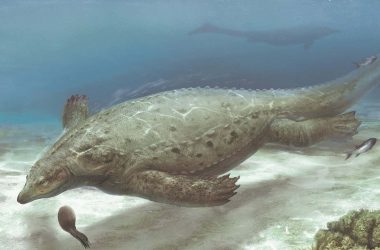The extraordinary electroreception ability of bottlenose dolphins, allowing them to sense electric fields, could potentially aid in their navigation and hunting for food.
An Ancient Sensory Modality
Electroreception, the sensitivity to weak electric fields, is prevalent among aquatic creatures such as sharks, platypuses, and rays, demonstrating its wide occurrence across species.
A Breakthrough Discovery
Building on the initial identification of electroreception in the Guiana dolphin, researchers have now confirmed the same capability in the bottlenose dolphin, shedding light on the evolutionary development of this extraordinary sense.
The Physiological Basis
The presence of specialized cells within the follicles of the dolphins’ snouts indicates their potential for electrical field detection, providing a structural basis for the observed electroreception.
Evidence from Experimental Tests
Experiments conducted at Nuremberg Zoo demonstrated the dolphins’ ability to detect extremely weak electric fields, suggesting their proficiency in utilizing this sense for hunting and locating prey.
Potential Applications
It is hypothesized that the dolphins could employ their electroreception for foraging and possibly even orienteering through the earth’s electric field, opening avenues for further exploration of their behavior in natural settings.
Future Research
Comparative analysis of the molecular underpinnings of electroreception across diverse species promises insights into the evolutionary mechanisms and adaptability of this remarkable sensory modality.
Key Takeaways:
- Bottlenose dolphins possess the unique ability to sense electric fields, broadening the known scope of electroreception in marine mammals.
- The presence of specialized cells in the dolphins’ snouts supports their physiological capability for electroreception.
- Experimental findings indicate the dolphins’ proficiency in detecting weak electric fields, hinting at potential applications for hunting and navigation.
- Further research into the molecular basis of electroreception across diverse species offers promising avenues for understanding its evolutionary significance.
Topics:
- animals/
- whales and dolphins








